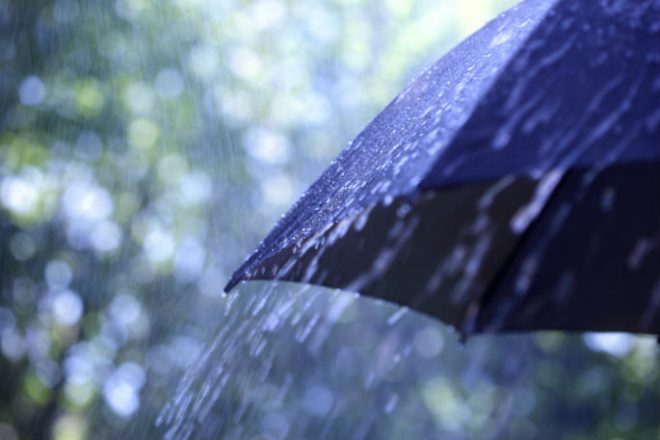한 주는 대부분 지역의 평온한 날씨로 시작되지만, MetService는 화요일과 수요일에 뉴질랜드 전역에 비가 내릴 것으로 예측합니다.남섬 동해안은 날마다 상당한 기온 변화를 겪을 것입니다.
오티라 남부의 웨스트랜드 산맥에서는 화요일 오전 1시부터 오후 4시까지 헤비레인 워치가 시행됩니다.
“서해안에 비가 가장 많이 올 것으로 예상되지만, 화요일과 수요일에는 거의 모든 뉴질랜드에서 비가 내릴 것입니다.MetService의 기상학자 루이스 페리스 (Lewis Ferris) 는 가장 건조한 지역은 북섬의 동부 지역이 될 것”이라고 말합니다.
노던 혹스베이와 기즈번/타이라휘티는 수요일에 비가 내리고 목요일과 금요일에는 산발적으로 소나기가 내릴 것으로 예상됩니다.
루이스는 “주말은 지난 며칠보다 더 건조하고 차분할 것”이라고 말한다.“금요일부터 일요일까지 이들 지역에 이미 젖은 땅에 100~200mm의 비가 내렸다는 점을 고려하면 다소 좋은 소식입니다.
화요일에는 남섬 상류로 변하기 때문에 주로 말버러 남부 동부 지역에서 오후와 저녁에 우박과 함께 뇌우가 발생할 위험이 있습니다.
화요일에는 티마루와 블레넘 사이의 기온이 20도 중반에 이를 것으로 예상됩니다.하지만 남향 변화 이후 수요일에는 기온이 10대 중반에 이를 가능성이 높아졌습니다.





























































